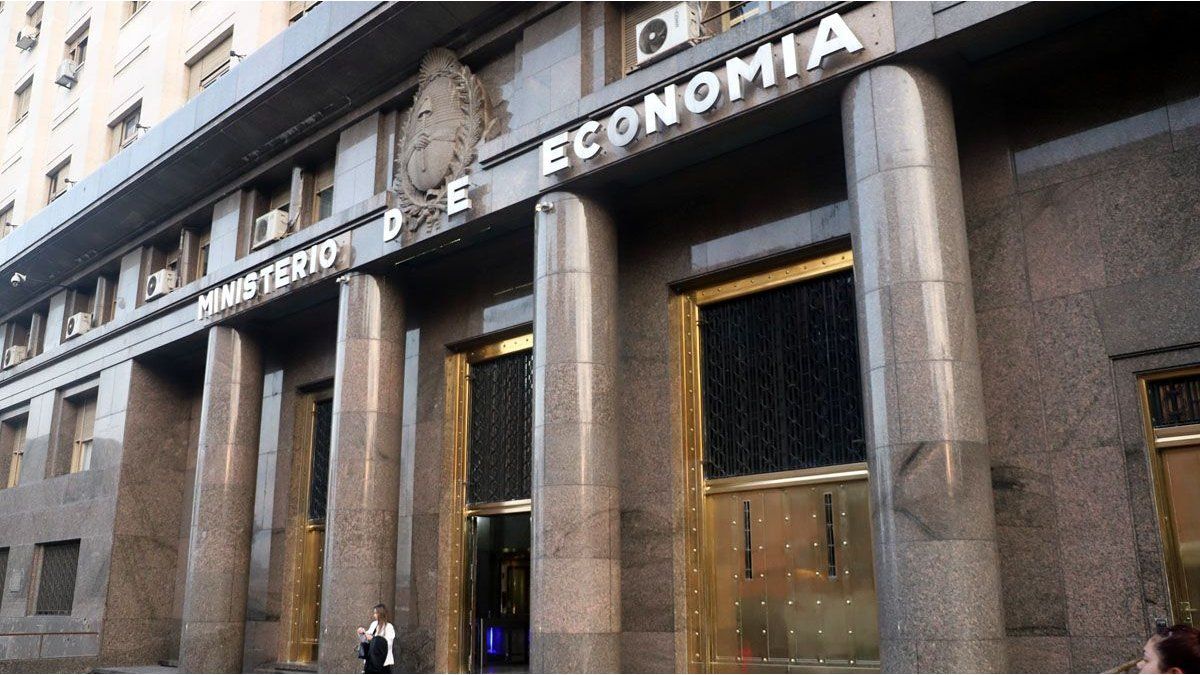“One of the best things about this collection of letters is that it shows Dickens writing in his 30s, 40s and 50s and the variety of subjects that occupied his mind,” says Charles Dickens Museum Curator Emily Dunbar.
“The letter complaining about the loss of the Sunday post is a great example of Dickens showing his own importance, his awareness of his great fame and position in society coming to light. He also mentions the sheer volume of letters going to and from his address, of which this new set is a small but entertaining fraction,” he adds.
Another of the letters was written to his friend Thomas Mitton in which he tells of his vacation in Lausanne, Switzerland, on August 5, 1846. There he describes the city as “wonderful though ugly.” It includes details of his stay, in particular a hike up the mountain and washing his face in snow, and comments on the local cuisine and how his children are passing the time.
“It is not a cheap place at all, more expensive than Genoa, and as expensive, I should say, as Paris. The most amazing circumstance to me is that bread, of all things in the world, is more expensive at the moment than it is in London! The meat is quite cheap and very good. … Vino Criollo is something between vinegar and pickled cucumbers, and when you taste it it makes you wink and cry,” she adds.
The letters are among more than 300 items acquired by the museum from an American collector in 2020, including personal belongings, portraits, sketches, posters and books, all minted by Dickens.
The collection, valued at £1.8 million, was acquired by the London museum with the help of the National Heritage Memorial Fund, the Art Fund, Friends of the National Libraries and the Dickens Fellowship, according to The Guardian.
Peter Orford, a professor of English literature at the University of Buckingham and a biographer of Dickens, described the author of “David Copperfield” as someone who “tried to be a man of the people”, championing social causes, however, like many modern celebrities, he was also “quite valuable with his privacy”.
Dickens was a “prolific letter writer” like many writers of those years, and could receive letters up to twelve times a day, to the point that 12 volumes of Dickens’ letters have been published so far, some brief “messages from similar text” and longer letters to friends and family, Orford said.
Like other British authors, including Jane Austen, Dickens destroyed many letters before his death and lit a bonfire in 1860 to prevent them from falling into public hands. Those that still remain were collected from the recipients, according to what was reported by The Washington Post.
In Britain, “there is a lot of popular interest in Dickens,” according to Catherine Waters, emeritus professor of Victorian literature at the University of Kent and president of the Dickens Fellowship, a worldwide association of people who share an interest in Dickens’s life and work. The group was founded in 1902 and has active chapters in the United States, Italy, Australia, and Japan.
In defining the writer, Waters estimated that Dickens could have written as many as 20 letters a day over a period of more than 40 years.
The exhibition, which takes place in the museum, is also accessible on the Internet: www.dickensmuseum.com.
Source: Ambito
David William is a talented author who has made a name for himself in the world of writing. He is a professional author who writes on a wide range of topics, from general interest to opinion news. David is currently working as a writer at 24 hours worlds where he brings his unique perspective and in-depth research to his articles, making them both informative and engaging.




